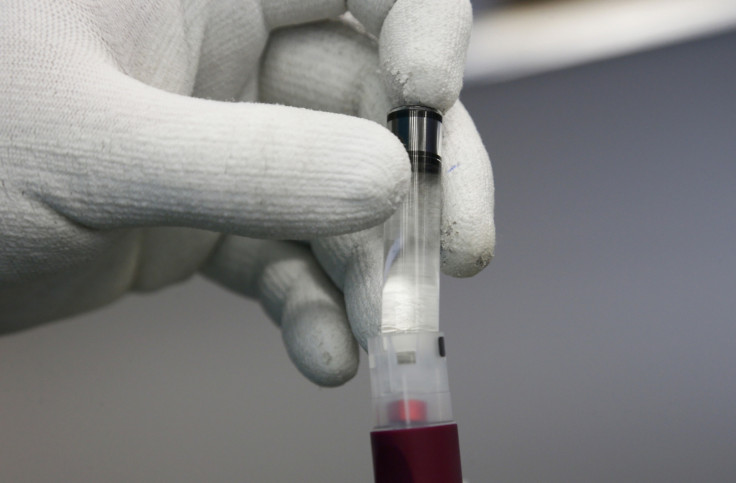Wearable tech: Four-year-old Australian boy receives world's first artificial pancreas

A four-year-old boy living in Perth, Australia has become the first person in the world to be fitted with an artificial pancreas that is a wearable computer today (21 January) at the Princess Margaret Hospital for Children.
Xavier Hames has type 1 diabetes, a condition whereby the pancreas does not produce any insulin, a hormone which is responsible for controlling the amount of glucose in the blood.
If the amount of glucose in the blood is too high, over time it can damage the body's organs.
Rather than having to endure daily insulin injections or submit to having tubes inserted under the skin connected to a black box that acts as an insulin pump, Xavier has been fitted with a new device that is worn in a small pouch at the waist.
Of course, portable insulin pumps already exist, but only a small amount of patients have access to them and none have ever been this advanced.
The device, which is the result of extensive clinical trials in Australia over the last five years, comes with a small computer inside it programmed to run a hypoglycaemia predictive algorithm.
Working together with a sensor and plastic tube pushed under the skin, the computer monitors glucose levels and only delivers insulin to the body when it is needed.
Further research
Published in Diabetologica, 8 July 2013
With type 1 diabetes, any change in blood glucose levels can be bad, and hypoglycemic attacks are triggered by low glucose levels, which can cause dizziness, loss of consciousness, and in extreme cases, seizures or comas.
"Most parents have to get up two or three times a night to check glucose levels and this might make them feel a little safer at night time if they know they've got this automated system that's going to prevent low glucose," Professor Tim Jones of Perth's Princess Margaret Hospital told ABC.
The device is now commercially available and presently costs AUD$10,000 ($8,183, £5,402). It can be used by both adults and children.
"It's just as important in adults if they're living alone or at risk of having problems with their glucose levels. It'll work in any age group," he said.
Over time, Jones says the device will be become cheaper and more accessible.
While the device is a great step forward in treating type 1 diabetes, it is merely the first step for the hospital's researchers in their quest to create a fully automatic device that can constantly monitor blood sugar and adjust insulin levels, without any need for patients to self-diagnose their glucose levels with skin-prick tests.
© Copyright IBTimes 2025. All rights reserved.






















